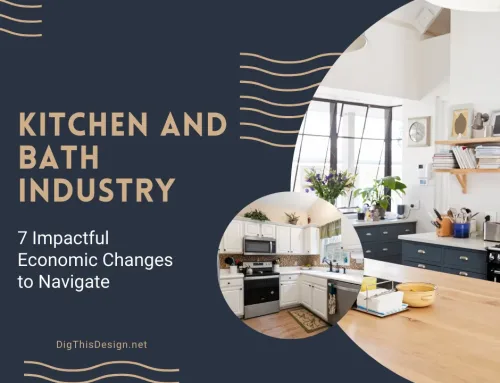Personal Protective Equipment (PPE) is the first line of defense for workers against workplace hazards. Whether you work in construction, manufacturing, healthcare, or any other high-risk industry, buy hi-vis clothing at JRS Industrial. PPE encompasses a wide range of equipment and clothing designed to protect workers from physical, chemical, biological, and radiological hazards.
Employers have a legal obligation to provide their workers with adequate PPE to ensure their safety on the job. However, it is up to the workers to properly use and maintain their PPE to ensure its effectiveness. This means properly inspecting and storing their equipment, as well as wearing it correctly and consistently.
Why PPE is Important In the Workplace

PPE Minimizes Risk of Injury
Personal Protective Equipment (PPE) is essential for safeguarding employees from workplace hazards. The use of PPE is a crucial part of any occupational health and safety program. PPE helps to minimize the risk of injury or illness by providing a protective barrier between the worker and the hazard.
The primary purpose of PPE is to prevent exposure to potential hazards that could cause harm to the worker. This includes physical, chemical, biological, and radiological hazards. PPE is the first line of defense against workplace hazards, and it is essential to ensure that employees are provided with and trained in the proper use of PPE to reduce the risk of injury or illness in the workplace.
Identify Hazards to Determine PPE
To ensure the safety of employees in the workplace, it is important to identify and address potential hazards. The process of identifying hazards is crucial in determining the type of PPE needed to protect employees from harm.
Hazards can come in many different forms, including physical, chemical, biological, and radiation. Once identified, employers must take the necessary steps to eliminate or control the hazard. It is important to remember that PPE should only be used as a last resort when all other hazard control methods have been exhausted. Proper identification of hazards is crucial in determining the correct PPE to be used and ensuring the safety of all employees in the workplace.
Properly Fit and Use PPE
This includes equipment such as gloves, safety glasses, respirators, hard hats, and protective clothing. It is important to ensure that PPE is properly fitted for each worker to ensure maximum protection. Employers should provide training on the proper use, maintenance, and storage of PPE to ensure that workers understand how to use it effectively.
Additionally, workers must use PPE consistently and correctly to ensure that they are protected at all times while on the job. By taking these steps, employers can help to create a safer work environment and minimize the risk of workplace hazards.
Address Damaged or Outdated PPE
Employers must regularly assess the condition of PPE and replace it as needed. Damaged or outdated PPE may not provide the same level of protection as intended, which can put workers at risk. Employers should provide training to workers on how to identify when PPE is damaged or outdated and how to report it.
Additionally, employers must ensure that replacement PPE is readily available and that workers know how to properly use it. By addressing damaged or outdated PPE, employers can reduce the risk of workplace injuries and illnesses and ensure the safety and health of their workers.
PPE Is Everyone’s Responsibility
In the workplace, it is the first line of defense against hazards that pose a risk to employees’ health and safety. It is the employer’s responsibility to provide workers with adequate PPE, but it is also the employee’s responsibility to use it correctly. This includes wearing the appropriate PPE for the task at hand, maintaining and replacing it as needed, and reporting any damage or malfunctions.
Other posts you might enjoy:
5 Reasons Why Pre-Employment Drug Testing is Essential for Employers
A Decluttered Office Promotes Productivity – 8 Tips for Success
How to Run a Small Construction Business Professionally: 7 Key Tips





